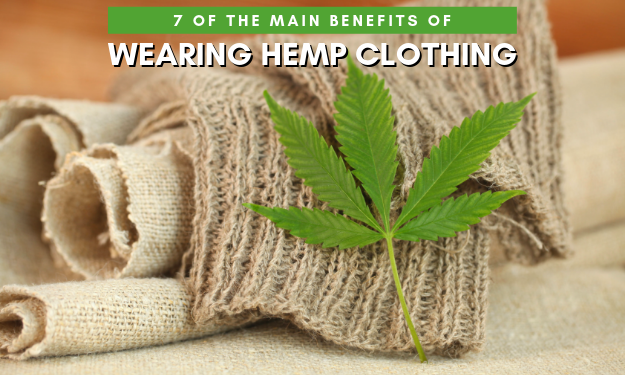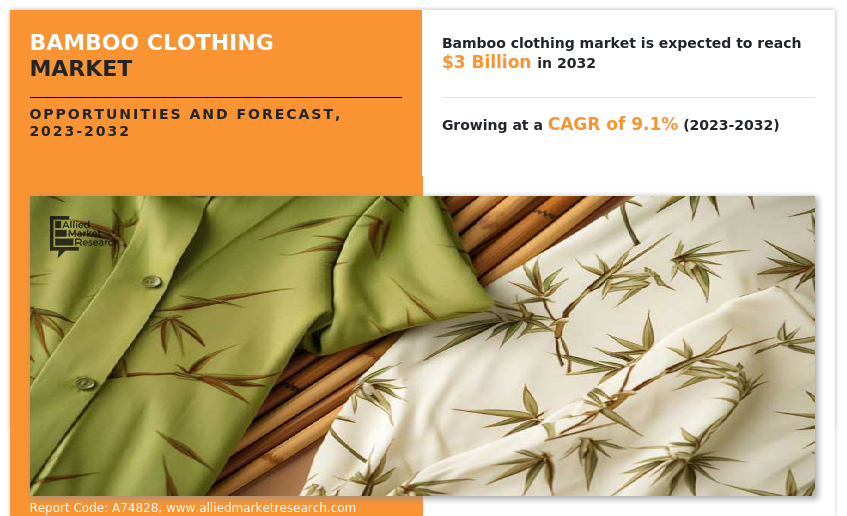Great News To Choosing Hemp Clothing
Wiki Article
What Are The Differences Between Hemp And Cotton With Regard To The Use Of Water, Pesticides And Herbicides.?
Due to a variety of reasons, hemp is believed to be a more sustainable and eco-friendly crop than cotton in relation to water usage as well as pesticides and herbicides.
Hemp Hemp is known as a crop that requires lower water needs than cotton and other crops. It's a drought resistant plant that can grow without much water. Hemp is typically cultivated using only rainwater.
Cotton- Cotton is notoriously water-intensive. Cotton cultivation requires a lot of irrigation, which can lead to local water shortages and the depletion of water in areas that are under stress. Cotton farming has been criticized for its water-intensive methods.
Herbicides and Pesticides-
Hemp: Hemp has a natural defense against many pests. This decreases the need for synthetic pesticides. Although some hemp crops require pest management, overall the reliance on chemicals is lower than many other crops, including cotton. It is possible to cultivate organic hemp without the use of pesticides.
Cotton - The standard cotton farming industry rely heavily on synthetic insecticides and herbicides to fight off pests. These chemicals may have adverse environmental consequences, such as soil and groundwater contamination, damage to the other species and the creation of pesticide resistant pests.
In conclusion hemp is more environmentally sustainable than cotton in terms of pesticides and herbicides, water use and irrigation.
Hemp requires less water to grow and is usually grown using rainfall, with minimal irrigation or without irrigation at all.
Hemp has natural resistance to numerous diseases and pests and reduces the need for synthetic pesticides.
Hemp production requires less synthetic pesticides when compared with cotton.
It is important to keep in mind that environmentally-friendly and sustainable practices vary between cultivators. Additionally, organic farming methods increase the sustainability of both hemp and cotton by reducing the use of synthetic chemicals as well as enhancing the health of the soil. Regarding clothes and textiles' environmental impact, hemp and cotton fibers which are sustainable and organically produced can reduce the impact of fashion on the environment. Have a look at the top your input here on hemp clothes for website advice including 100 hemp clothing, hemp fabric clothing, patagonia hemp work pants, hoodlamb coat, jeans hemp, jungmaven t shirt, hemp pants womens, t shirt hemp, hemp hoodie, hemp t shirt mens and more.

What Are The Functional And Technical Advantages Of Hemp Clothing Versus Conventional Fibres?
Hemp clothing can offer several technological and functional advantages over conventional fibers while being environmentally sustainable. Here are a few examples of how hemp clothing can be an eco-friendly, high-performance alternative.
Hemp fibres are highly permeable. They also help to wick away water, making hemp clothing extremely comfortable in different weather conditions. They can help to wick away the moisture that is absorbed by skin, allowing you to stay cool during hot weather.
Temperature Regulation
Hemp clothing is extremely thermoregulating properties. It keeps your body warm in cold weather by trapping warmth close to your body. It can also help keep you cool in warm conditions by allowing heat as well as moisture to go away. The natural thermoregulation process can decrease the frequency of changing clothes.
Durability and Longevity-
Hemp fibers are renowned for their strength. Hemp clothing tends to be more durable and resistant wear and tear as compared to the traditional fibers like cotton. Hemp clothes are robust, which means they will last longer and reduce the requirement for replacements and, consequently, their impact on the environment.
UV Protection
Hemp fibers provide natural UV protection, shielding the skin from harmful UV radiation. This is especially useful when it comes to outdoor activities and sports.
Biodegradability:
Hemp clothing degrades naturally with time. This property minimizes the environmental impact of textile waste, in contrast to synthetic fibers, which can be a problem in landfills for a long time.
Low Environmental Impact
Hemp farming generally uses less synthetic herbicides and pesticides than traditional cotton. Hemp also requires less water, and is therefore a more sustainable option. The eco-friendly qualities of hemp cultivation that is organic are even more pronounced.
Carbon Sequestration
Hemp plants can absorb carbon dioxide during their growth. The hemp plant is able to act as a carbon sink, and also reduce greenhouse gases.
Sustainable Crop Rotation
Hemp is easily integrated into crop-rotation systems that improve the overall health of soils. It also reduces the chance of soil depletion or disease accumulation. The eco-friendliness of hemp is improved by this method of sustainable farming.
Versatility:
Hemp fibers can be combined with other substances, such as organic polyester or recycled cotton, to make eco-friendly and high-performance blends of fabrics. This makes it possible for textiles to be creative and eco-friendly.
Low Toxicity-
Hemp fibers are low in toxicity, by nature, and do not need chemical treatment. They reduce the environmental impact associated with textile production.
It is essential to be aware that while hemp does have many eco-friendly, functional advantages however, its overall sustainability depends on factors such as the process of dyeing, transport and ethical practices for work. Consumers who want to make eco-friendly choices should choose clothing brands which use hemp or other sustainable fibres and place a high value on transparency and ethical manufacturing. Read the top my website hemp clothes for more tips including hemp shirts, jungmaven sweatshirt, hemp golf shirts, hoodlamb jacket, patagonia hemp overalls, hemp shirts mens, hemp t shirt mens, hemp clothing, hemp apparel wholesale, patagonia hemp shorts and more.

What is the difference between hemp fiber and bamboo fibre?
Bamboo and hemp are two different plant-based fibers that are used in the production of textiles each with their own unique characteristics and properties. Here are the key distinctions between bamboo and hemp fibers- 1. Plant Source-
Hemp fibers are derived from outer bast fibers of the stalks. Hemp, a versatile and fast-growing plant, has been grown in a variety of ways over the centuries.
Bamboo- Bamboo fibers are obtained by removing the woody part from the bamboo plant. Bamboo is a grass that grows rapidly. species renowned for its rapid renewal and sustainability.
2. Fiber Characteristics
Hemp- Hemp fibers are known for their strength and durability. They're among the strongest natural fibers and become softer every time they're cleaned, so they're great for creating textiles.
Bamboo- Bamboo fibres are soft and silky, with a smooth texture. The fibers are not as strong than hemp, but they are also more fragile. But they are highly sought-after because of their softness when applied on the skin.
3. Texture The texture, feel and look
Hemp- Hemp has a slightly rough texture, particularly when it is in its natural state. It can be very cozy, but it has a completely different texture than bamboo.
Bamboo- Bamboo material is soft, smooth, and silky. It's described as having a soft, silky, and cottony texture. It's extremely cozy.
4. Breathability is crucial in addition to moisture wicking.
Hemp- Hemp is naturally breathable. Hemp also absorbs moisture. They help keep you cool and dry in hot temperatures.
Bamboo Fibers- Bamboo fibers have an excellent level of breathability and moisture wicking. They have micro-gaps that enhance their ability to regulate moisture and temperature, ensuring you are at ease in all conditions.
5. Environmental Impact-
Hemp Hemp has been deemed an eco-friendly fiber because of its rapid growth, minimal water requirements as well as its resistance to insect bites, which means that it is less necessary to apply pesticides. Hemp can also sequester carbon during its growing process.
Bamboo is known as an environmentally friendly material. It grows fast and requires very little water and doesn't need synthetic pesticides. Certain species of bamboo, such as Moso Bamboo, are thought to be highly sustainable.
6. Processing-
Hemp- Hemp requires extensive processing in order to separate its outer bast fibers (outer woody core) from the inner woody fibers. The process may involve decorations, retting and mechanical separation.
Bamboo- Bamboo is typically made by a process called the viscose or rayon-process. It involves using chemicals to break bamboo into a pulp. Some bamboo textiles however, employ closed-loop techniques to reduce chemical waste.
7. Versatility-
Hemp- Hemp fibres can be used for a variety of uses, including clothes, textiles and even paper. They also make great construction materials.
Bamboo fibers- Bamboo fibers are used primarily in clothing and textiles but can also be found in other items such as sheets and towels.
Summary The two types of bamboo offer unique benefits and are sustainable. The decision between the two depends on the characteristics you look for in a cloth and also your preference for the environment. See the top rated related site on bamboo clothing for website tips including bamboo newborn clothes, men bamboo boxer shorts, bamboo shorts womens, organic bamboo pajamas, bamboo undergarments, organic bamboo pajamas, bamboo t shirts womens, bamboo pajama pants, bamboo shorts womens, bamboo undergarments and more.
